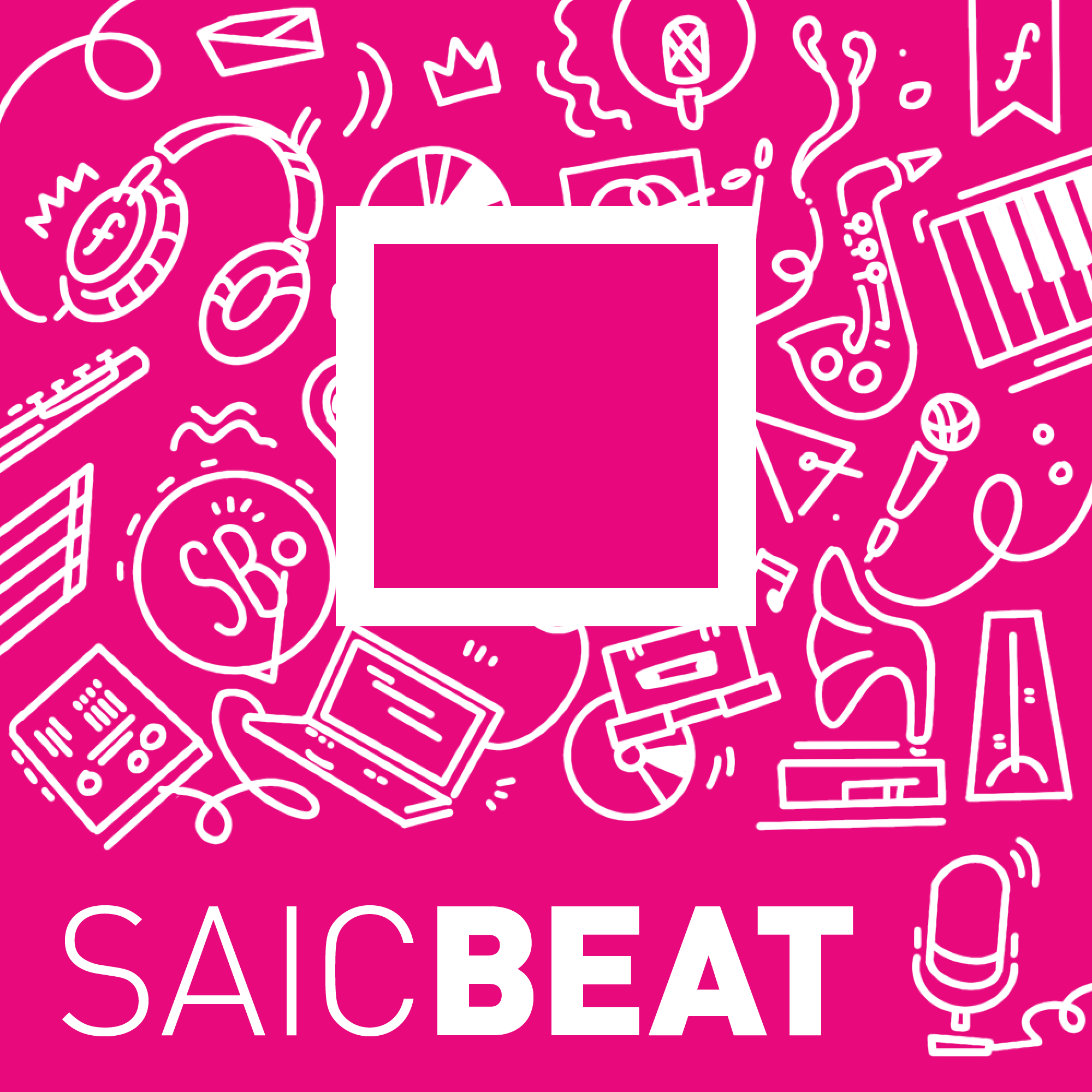
You spend weeks working on a piece for your graduate critique, ideating, developing, and preparing it for the critique panel. Then the day finally comes for your presentation… and the professors don’t get it. Your presentation ends, they ask a couple questions, and then the room falls silent.
During her first year graduate critique, Anna Cai (MFA VisCom 2022) presented a project about language and translation. “It was about glitching—combining the five most popularly spoken non-English languages in Chicago, and taking them typographically and dissecting them and then putting them back together to create this new system of glitchy hieroglyphs that, like, you can’t really tell what it says, but it’s clear that it’s some kind of language.”
When one of her white professors responded, they said: “I think you need to translate this into English, because people like me in your audience won’t understand it.”
This comment told Anna that the professor hadn’t understood the work. “That’s kind of the point. I want you to feel what it’s like not to know what’s going on, not to have the full picture.”
When they said it, “there was this abrupt pause in the critique,” and Anna had to decide whether to pursue that issue, or focus on the work. She decided not to pursue it. “But it was just like a moment where I was like, ‘Am I going to have to be making these decisions for every critique I have?’”
Asian students often find themselves making this calculation, as do other students of color. Asian students shared stories of awkward silences, off-topic conversations, or non-sequiturs based on vague knowledge of their culture. With hate crimes against Asians on the rise, alongside geopolitical tensions between the U.S. and China, insidious forms of ignorance arise in the classroom. The critique, a core part of an SAIC education, falls short for these students.
Cindy Cai (BFA PTDW/FVMNA 2022) says she often sees critiques for Asian students’ art veer off-topic because the American students don’t feel comfortable engaging with the content. “They just avoid questioning the specific stuff about the culture.” Instead, they reroute and comment on other, more surface-level things, “which were not that helpful.”
Jenny Lee, Assistant Professor, Art History, said that some of her Asian students receive overly generalized feedback. One student told her that, during critique, their professor and classmates recommended they talk more about Confucianism in their work.
“And I said, ‘Did you mention Confucianism in your presentation? Is there anything about that in the work, because I don’t see it.’ And the student said ‘No…’”
Greg Bae, Lecturer, PTDW (MFA 2012), teaches painting now, but 10 years ago, he was an MFA student at SAIC. He recalls once being told by a professor that he was “inscrutable” — “Mind you, I was the only Asian student in the class.”
Bae said the comment stuck with him, leaving him feeling oddly vulnerable. Should he make more personal work? What if that wasn’t what he really wanted to do? “If you’ve had other-ing experiences your whole life, it takes trust and courage to be forward about subjectivity or identity. Especially to white people that can influence your art. You don’t want to pigeonhole yourself, which makes it frustrating to talk about yourself as a racialized person; and that’s exhausting to navigate if you don’t have support.”
While he was a masters student, Bae was also a frequent target of racist street harassment. He said the transition from an experience like that, to walking into class and immediately being expected to shift gears into critique mode, was difficult and sometimes painful.
“When you’re in the classroom, there’s this tacit agreement that the rest of the world just shuts off,” he said. “That might be comfortable to some people, but I don’t know if that’s responsible.”
These days, Bae is still sometimes harassed on his way to teach. In his own class, he tries to make space to acknowledge such issues — a space that he didn’t find when he was a student.
For international Asian students like Cindy, the biggest barrier to understanding is the difference in the education systems. “Here, it’s really discussion-based. You’re really encouraged to speak up. But in Asia that’s almost discouraged.” American teachers mistake this reticence for non-engagement.
“I see a lot of professors not understanding that,” said Cindy. “And instead of encouraging them, I see them trying to force it out of students.”
Qigu Jiang, (Adjunct Professor, PTDW, MFA 1989), has been teaching at SAIC for over 30 years. He is one of the staff advisors for the student-run Chinese Critique Salon, which conducts extracurricular critiques in Mandarin. In the last few years, since the Trump administration, Jiang has seen the political divide grow. “Ideas about art from China, it’s distorted, because of the ideology conflicts. And it’s getting more and more severe, the misunderstanding.”
International politics pose another problem. American professors have either preconceived notions about Chinese politics, or they’re ignorant; Isabella (BA 2020), a Chinese student, once showed a TikTok video of Chinese students dancing in a class discussion, and a professor offhandedly called it ‘propaganda.’
These stereotypes about Chinese gender politics and customs come to light in critique too: In a fashion class, Isabella saw another Chinese student present a project on feminism, in which the “traditional” Chinese woman had no rights. “This was the kind of narrative that was welcomed by the teacher,” said Isabella.
Feedback informs the type of work we continue to make. If critique doesn’t give us anything new to think about, or if our audience doesn’t seem interested, we don’t know where to go next.
“When I finish critiques, I’m almost always left with this feeling that this is not my audience,” said Anna. “I wish I had a critique panel of professors who have had experiences like mine.”
Cindy says that more professor intervention would improve critiques: “Sometimes I see teachers do nothing during critique, and I think they have a responsibility to chime in and change the topic if it’s too off-topic. Or if it’s silent, they start something, or if people start an argument, you stop it, and say, ‘Let’s focus on the work.’”
She also suggested, to make giving critique easier for international students, giving students a few minutes to write down their thoughts first. And, if the professor wants to single out a quieter student for contribution, it’s in how they ask: “They should ask an easier question than just ‘What do you think?’ They should ask about a specific element.”
Anna noted the broader anti-racist gestures the school is making, but said, “What irks me is that I feel like oftentimes, institutions think in these broad strokes. But sometimes, it’s just about how you treat people every day, and these small interactions. That makes a huge difference.”







